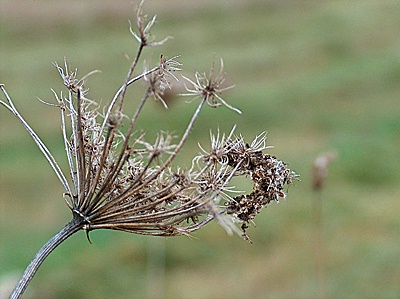All Nonfiction
- Bullying
- Books
- Academic
- Author Interviews
- Celebrity interviews
- College Articles
- College Essays
- Educator of the Year
- Heroes
- Interviews
- Memoir
- Personal Experience
- Sports
- Travel & Culture
All Opinions
- Bullying
- Current Events / Politics
- Discrimination
- Drugs / Alcohol / Smoking
- Entertainment / Celebrities
- Environment
- Love / Relationships
- Movies / Music / TV
- Pop Culture / Trends
- School / College
- Social Issues / Civics
- Spirituality / Religion
- Sports / Hobbies
All Hot Topics
- Bullying
- Community Service
- Environment
- Health
- Letters to the Editor
- Pride & Prejudice
- What Matters
- Back
Summer Guide
- Program Links
- Program Reviews
- Back
College Guide
- College Links
- College Reviews
- College Essays
- College Articles
- Back
Hunting the Amyloid Protein MAG
As I peered down into the circular frame of the microscope, I found myself staring at nothing. Again. My eye ached from squinting. Maybe I wasn't cut out for this sort of thing. Then, as I anxiously fiddled with the black knob, a blurry dot slowly shifted into focus. I had found it: a grayish pinpoint in the center of a cluster of bacteria – the infamous amyloid protein. My mentor, Claire, looked down at me, hunched in my swivel chair, my lab coat wrinkled and stained, hair wildly tangled. “Good work, Olivia. What's next?”
When I applied for the internship, the Buck Institute of Research sounded impressive in title alone. My biomedical consultant father proudly announced that it was the first independent research facility in the country focused solely on aging and age-related disease. As fascinating as my physiology class was, I found myself aching for scientific exploration beyond the boundaries of Room 182.
Approaching its entrance, I caught my first glimpse of the Buck Institute, a stark-white structure embedded in a barren cow pasture. As I walked through the asymmetrical modern doors, I was promptly handed a freshly pressed lab coat with my last name stitched into the fabric.
I had been assigned to the Alzheimer's division, my task, to find the amyloid protein – the sticky deposits associated with Alzheimer's. On Monday, I became acquainted with my new friends – the 2 mL, 5 mL, 10 mL, and 25 mL pipettes. Tuesday, it was the sterilized test tubes, the Bunsen burner, the Florence flasks. Wednesday, I confidently mastered the grumbling centrifuge. And by Friday, I had memorized the various methods of replicating frozen bacteria, the building block of cell research. My mentor referred to the procedure as “the necessary evil.”
In order to get to my designated work space in the basement, I was forced to pass the laboratory mice. Every morning, I mentally prepared myself for the reverberations of thousands of mice squealing, squirming, munching. I speculated about the anarchy behind the high cement walls. My nose was also punished; death hung in the static air of the fluorescent-lit hallway. “We kill about 300 mice a day. It's quite sad, but we need them fresh,” Claire explained. I thought about the mice often. I reluctantly accepted that I could not help them.
I spent the following four weeks desperately hunting the amyloid protein. Articles, newspaper clippings, and research notes were piled high on my lab bench. I caught myself daydreaming on multiple occasions, not about boys but of my inevitable encounter with the protein. I was a woman obsessed. At dinner, my brother would roll his eyes when I brought up the various techniques used in cell crystallization. Even my father was beginning to respond to my inquiries about AB toxic secretions with a slight tone of irritation.
The more I settled into my quest for the protein, the more doubts I began to have. The mice, the pipettes, the cells, the post doctorates – it seemed like everyone and everything had a future‚ while I did not know mine. I was given a short-term goal of finding the protein, but that was all I had. I dwelled on my imminent future – how would I know what I was supposed to do?
I was freed from my self-torment the day I discovered the pesky amyloid protein. “What's next?” surprisingly became the most rewarding question I had ever faced. It had taken me four weeks, two days, five hours, and 21 minutes to realize that I was the scientist. The architect, the director, the composer – I was the scientist! I knew from that moment that I had no predetermined protocols to follow. They were mine to create.
My educational journey would not be limited to my physiology class – the mouse hair follicles, the patterning grooves of the frontal lobe, or the electrically excitable neurons. The possibilities were infinite. Since conquering the furtive protein, I have felt a bit like Marie Curie. Like her, my passion for science shapes who I am. The future rests in my steady, rubber-gloved hands.

Similar Articles
JOIN THE DISCUSSION
This article has 1 comment.
